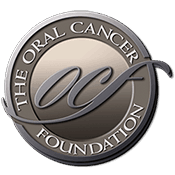HPV: The gender-neutral killer in need of prevention among men
Source: CNN Author: Dominic Rech In July 2014, Phil Rech, then 59, was diagnosed with tonsil cancer. "I had got a lump in my neck. I had the tonsils out, and within the next few days, I was having radical neck dissection," he said. "Then I had six weeks of intensive, targeted radiotherapy. The burning effect towards the end of the treatment became very painful." The therapy involved a radiotherapy mask, molded to the shape of his face, that went over his head as radiotherapy was beamed in, targeting the cancer. The discovery of his cancer not only startled him, it startled everyone who knew him. Phil is my dad, and to our family, he had always been healthy: He doesn't smoke, he rarely drinks alcohol, and he generally stays fairly fit. But that's not how cancer works. At the time of the diagnosis, Phil didn't question how or what could have caused his cancer, as he focused on getting better. Like many men in the UK and around the world, he wasn't aware of a group of viruses that were a threat, human papillomavirus or HPV, which were eventually connected to his cancer. "To discover it was linked to HPV was a massive shock," he said. "There was a lot of speculation over what could have caused it. To discover it was that, was certainly a surprise. I didn't really know it was a threat to me." A cancerous virus HPV is a group of 150 related viruses that [...]
